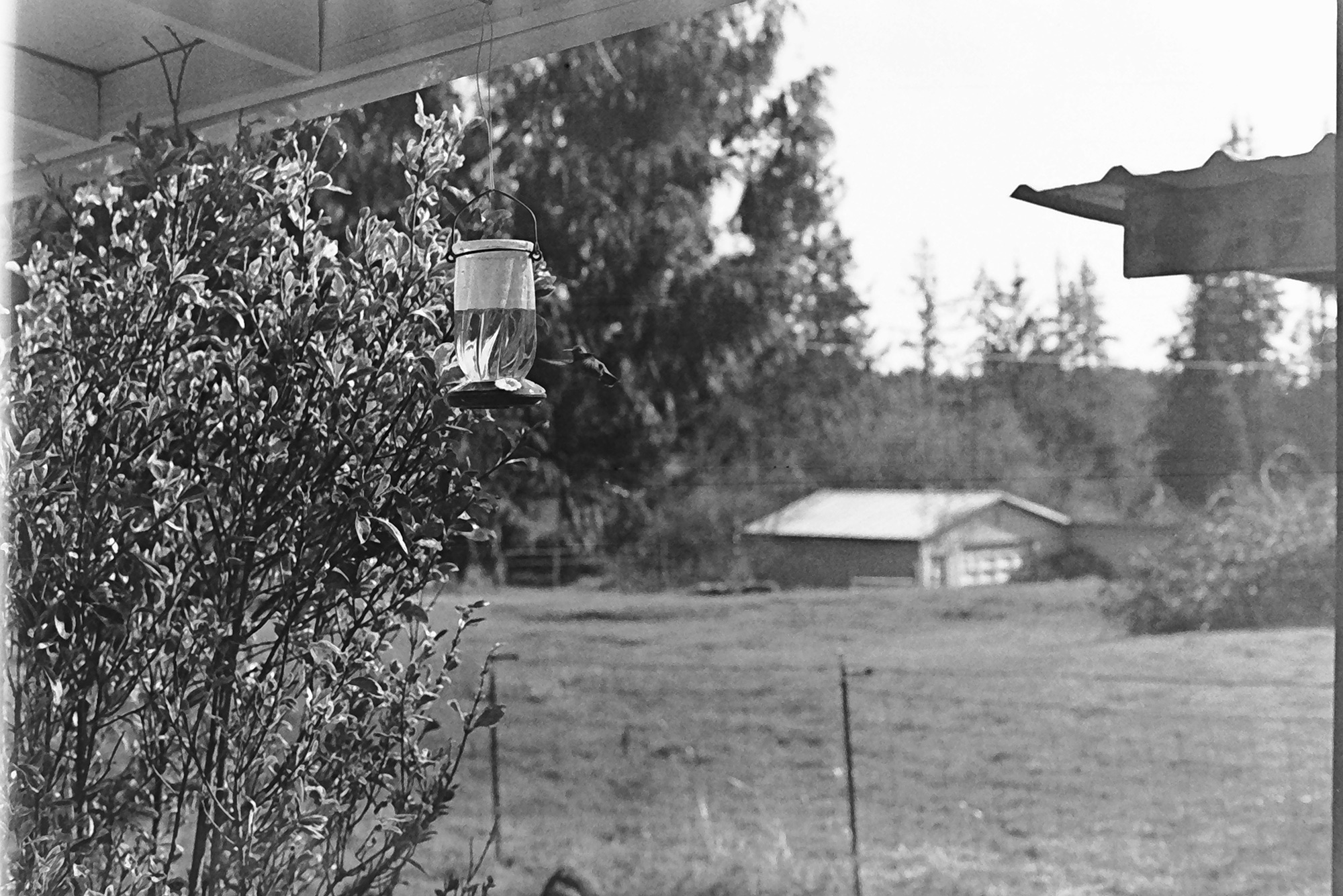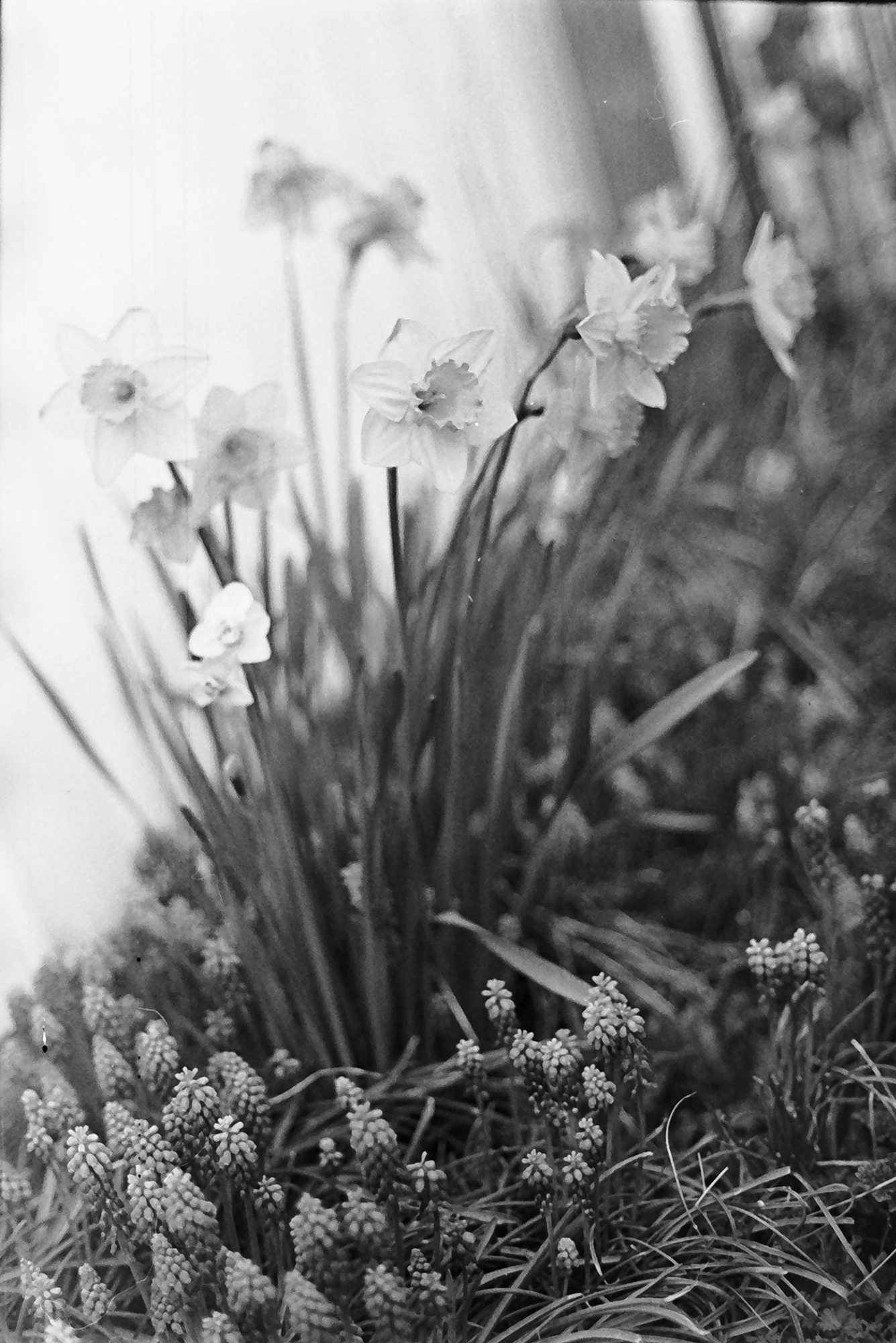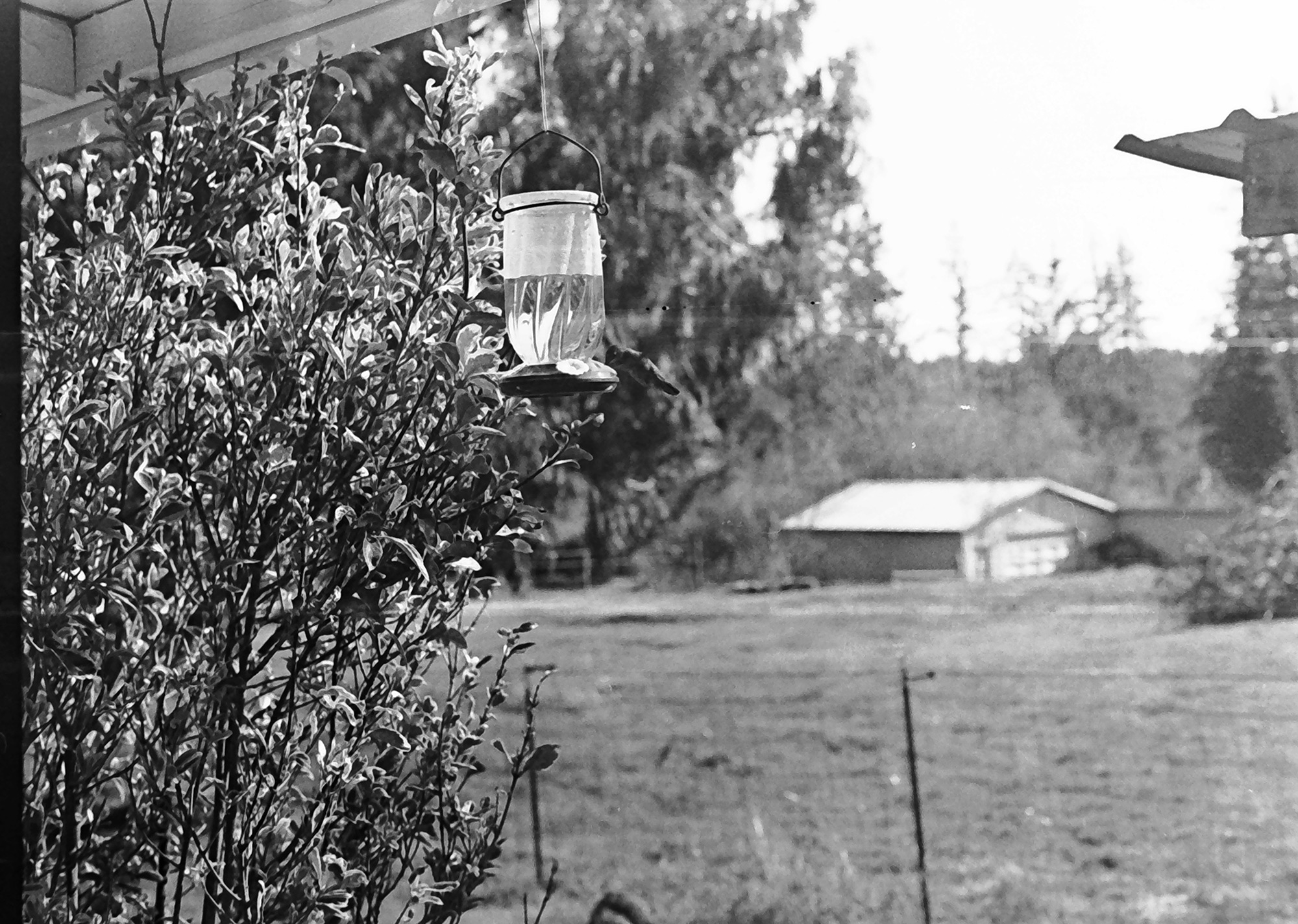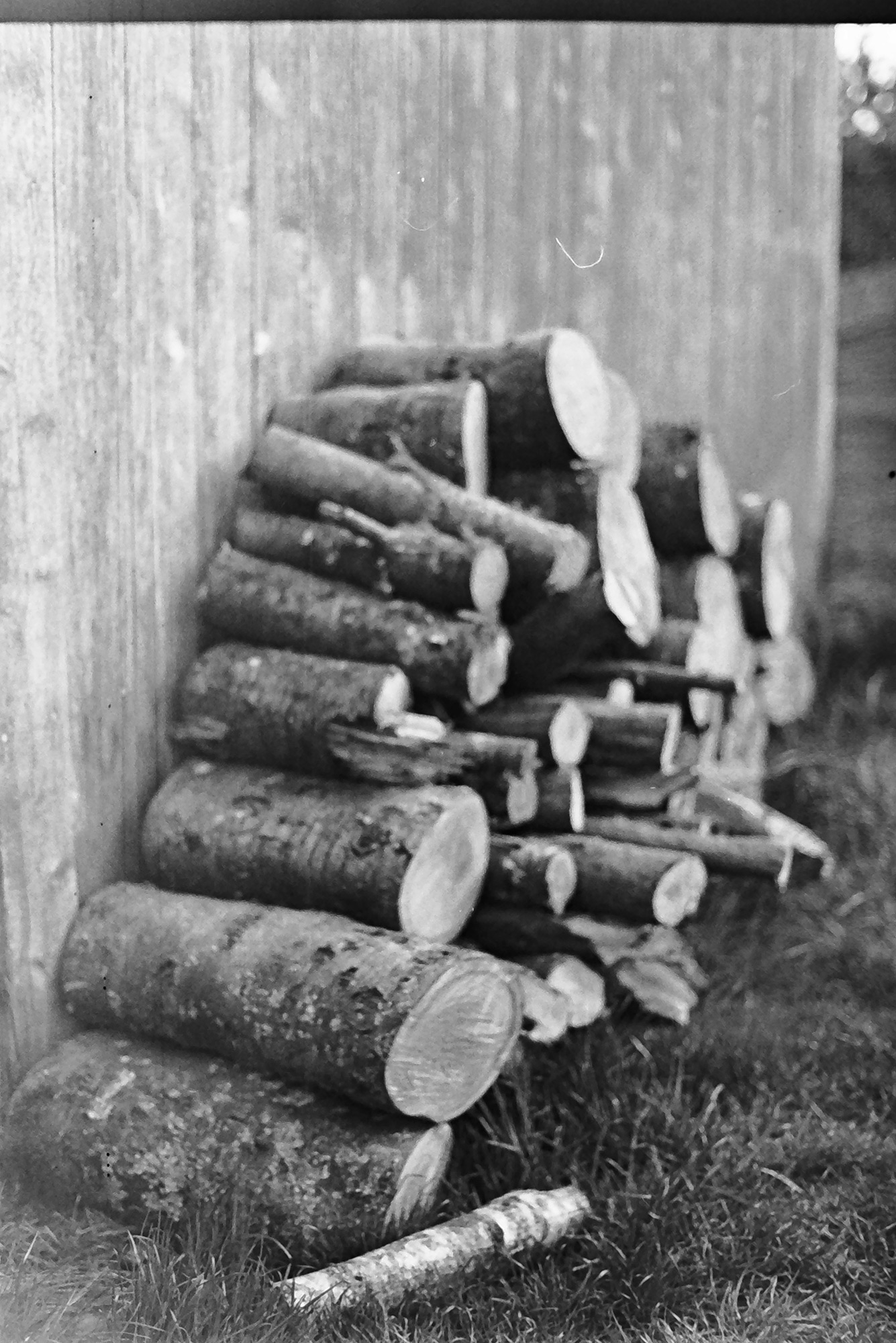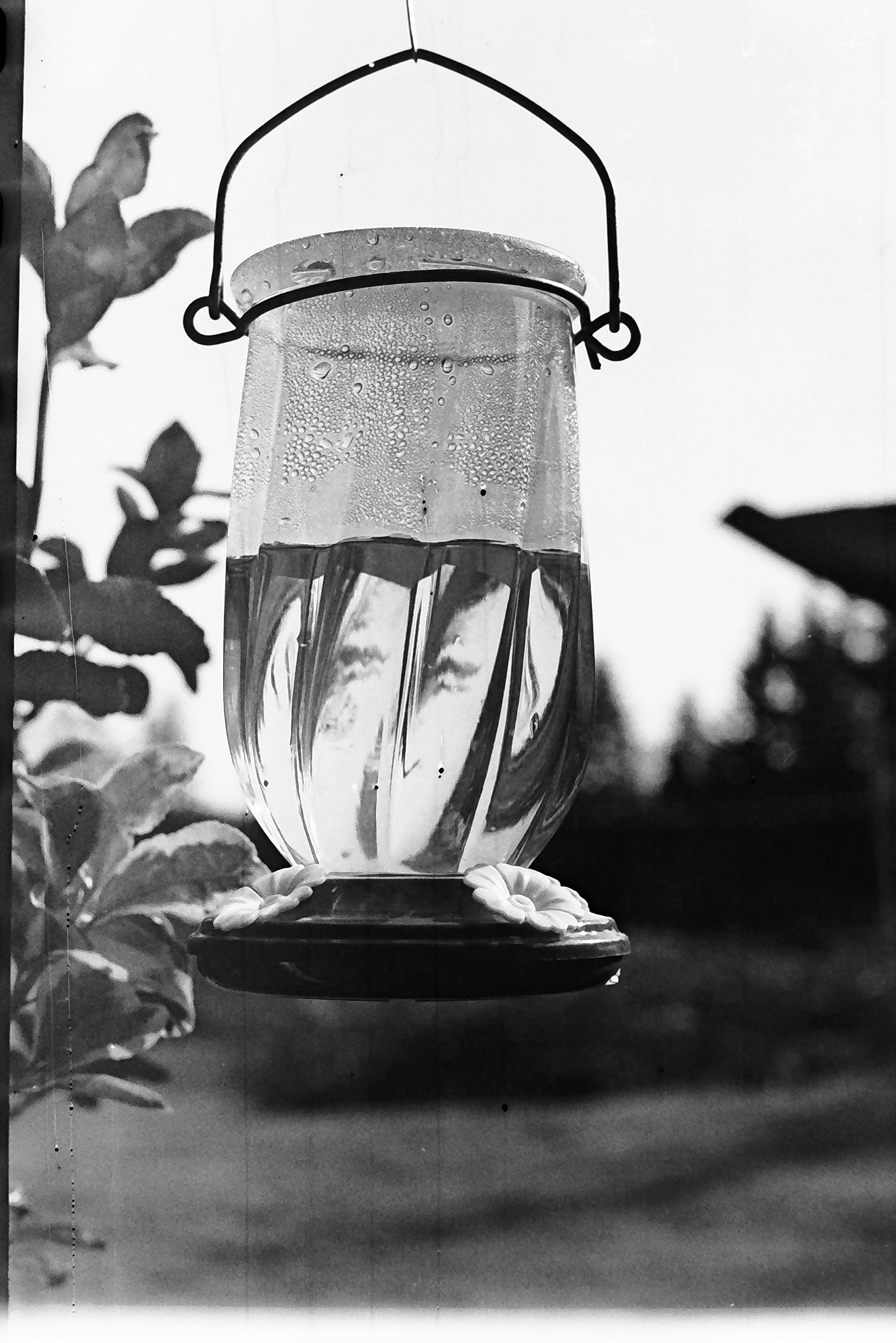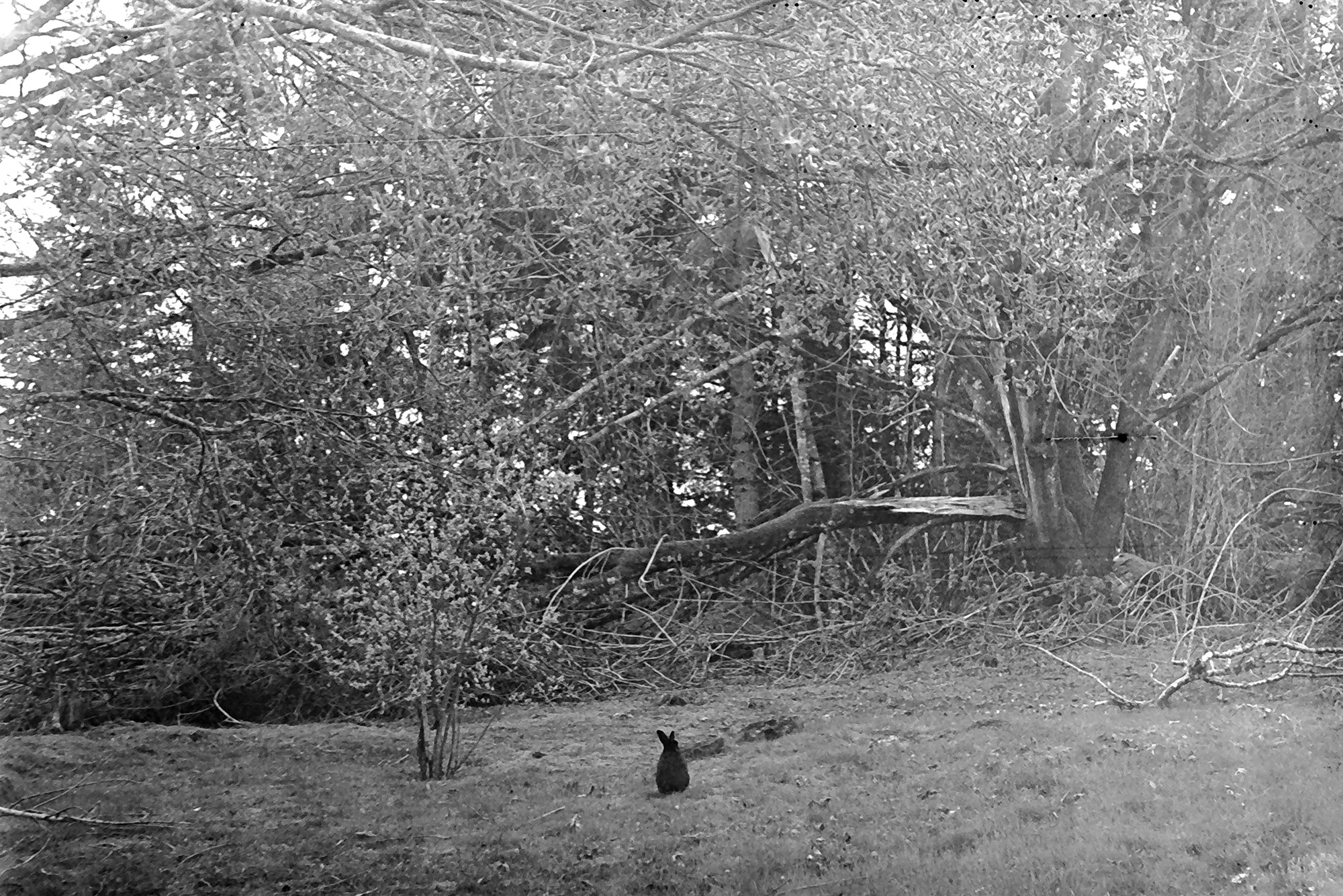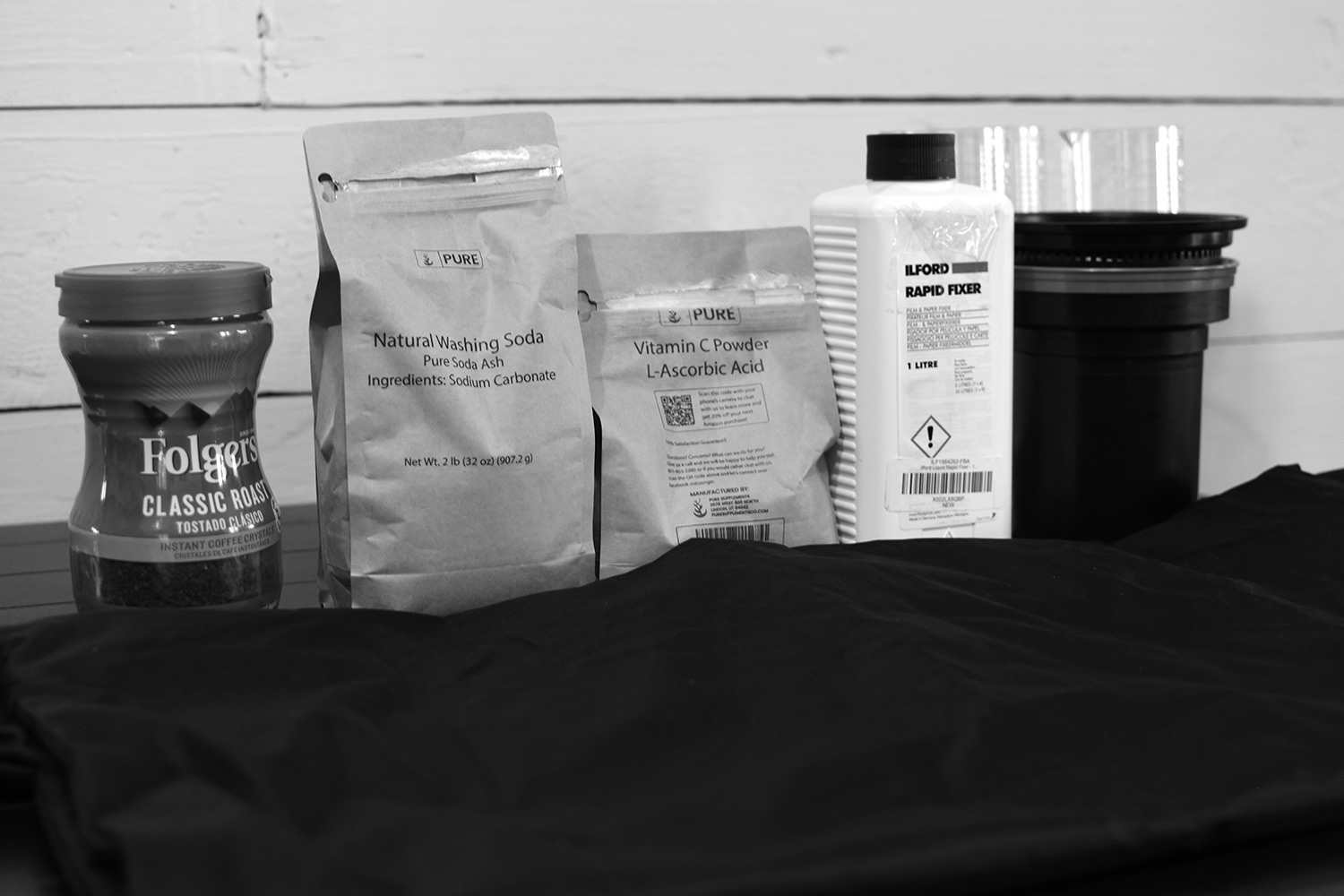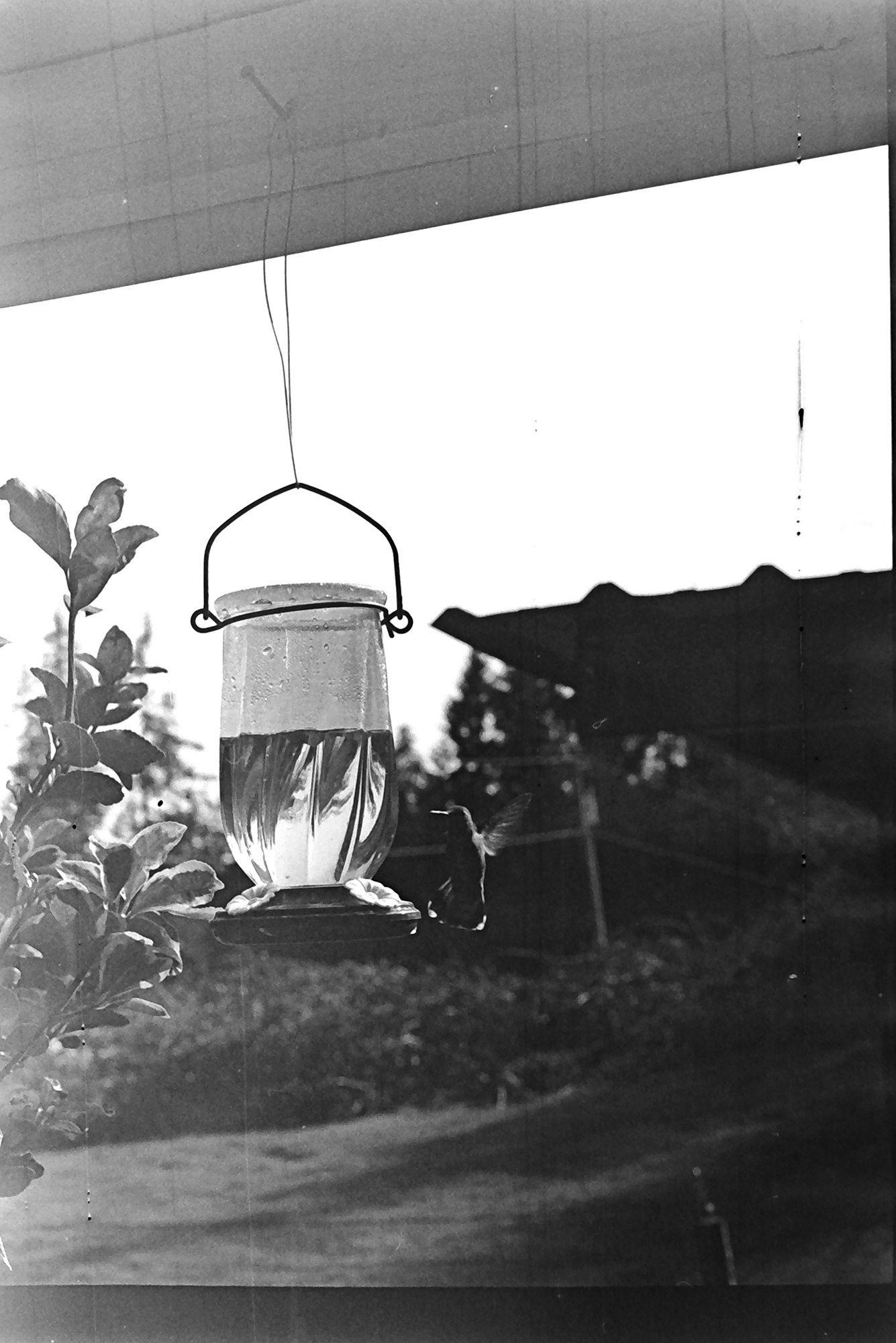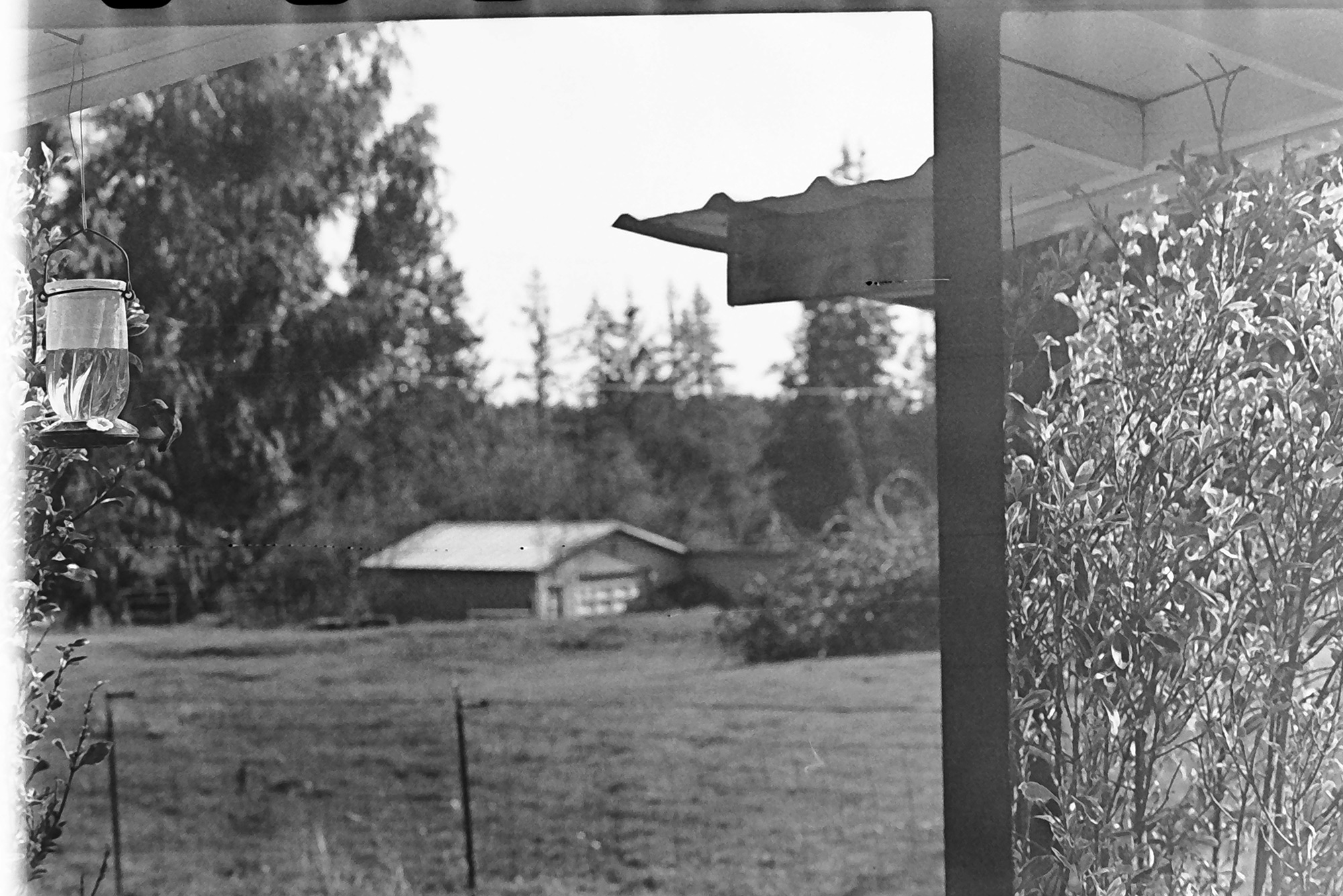Developing film with instant coffee
The last time I developed my own film was nearly 25 years ago, when I was in high school. Today, I developed a roll of 35mm Kodak T-Max 400 in my basement, using instant coffee and few other ingredients.
Ever since I returned to shooting film a few years ago, I’ve wanted to develop it myself. But I didn’t want to deal with the chemicals or build out a full darkroom. There isn’t an easy way to safely dispose of conventional development chemicals, and it seemed like more of a hassle than it was worth. So for the last several years, I’ve been sending my film to a Portland lab.
But a few months ago, I came across an article about caffenol, a film development technique that uses household products—namely instant coffee, washing soda (soda ash), and Vitamin C—to develop black and white film. Today I discovered it actually works. The results aren’t perfect, but not because of caffenol.
I won’t go into the history of caffenol, as a search will yield plenty of results. But I will share some of the process I used.
My “darkroom”
Since I’m just developing negatives (not prints), I loaded the film onto a reel and into a Paterson developing tank using Paterson’s film changing bag.
If you’re just getting started, you can get most of what you need with the Paterson film processing kit, although you’ll have to buy the changing bag and caffenol ingredients separately.
Recipe
There are several caffenol recipes out there, but I ultimately settled on this recipe from shootitwithfilm.com, mostly because I wanted to use teaspoons instead of a scale to measure ingredients.
- Mix 150 ML of cold water with six heaping teaspoons of your instant coffee (heaping = not leveled; more than leveled). Stir with a spoon until all the coffee crystals are dissolved.
- In a separate measuring cup, mix 200 ML of cold water with four level teaspoons of washing soda. Stir with a spoon until all the crystals are dissolved.
- Once all crystals are dissolved, combine the two mixtures and add one level teaspoon of vitamin c powder. Stir until the powder is dissolved. (It might foam a little, that’s ok).
Notes
Overall, the process worked better than I expected, especially since I hadn’t developed film in over 20 years and was using an unfamiliar method.
The negatives aren’t super clean, but that had more to do with me being rusty than with the caffenol process. Here are a few observations from my first caffenol attempt.
The good stuff
- Loading film reels is so much easier than it was when I last developed film. I could rarely load film properly the first time (you don’t get a second chance!) with those metal reels, and often had issues with the film doubling up and being ruined during development. The new reels almost load themselves, and I was able to successfully load the reel the first time with no problems.
- Though it was the first time I’ve used one, the film changing bag worked great. I thought I would need a few practice runs to get the hang of it, but I didn’t have any issues, and loaded the film into the tank in just a couple of minutes.
- Most caffenol recipes you find will insist that the temperature of your mixture and rinse water must be 20℃ / 68℉, but I ignored this and just used tap water from our well, which was almost certainly colder than that. It worked just fine.
The not-so-good stuff
- I accidentally scratched the negatives when using the squeegee to try to eliminate water marks.
- I didn’t let the negatives dry for long enough before cutting them.
- It’s possible that both of the issues 👆 were the result of using dish soap instead of a proper wetting agent at the end of the process. I’ve ordered the Photographers’ Formulary wetting agent to try next time.
- I don’t have many dust-free areas of my old farmhouse, so it’s difficult to keep the negatives clean after developing.
Without question, I’ll return to this method. I’ll likely continue to send precious film into the lab, as I’m not yet fully confident in my home development skills. But I’m encouraged by my first use of caffenol, and I’m pleased to have found an environmentally friendly and practical way to develop film at home.
